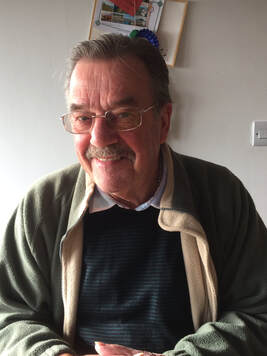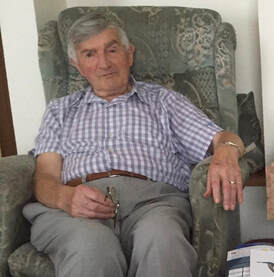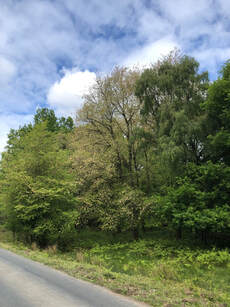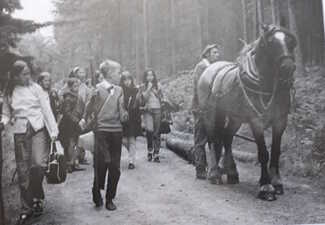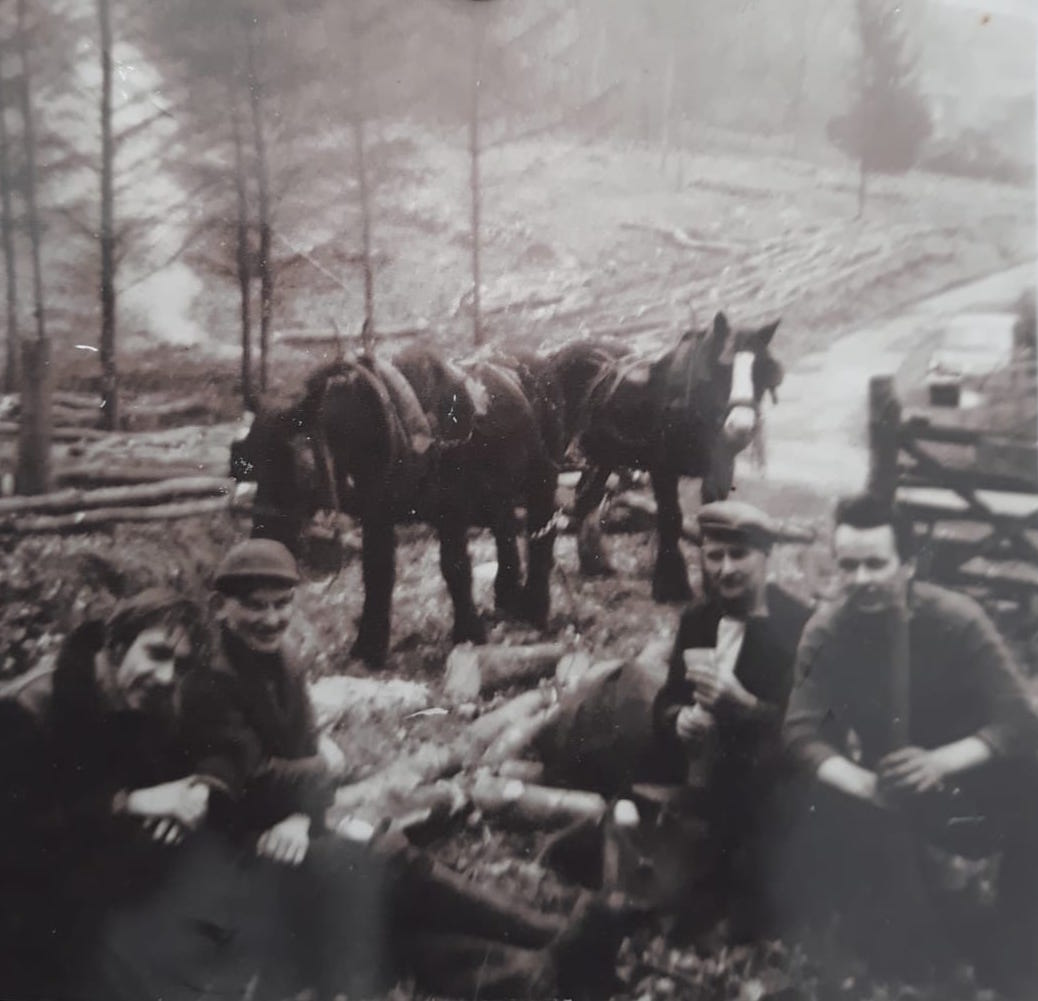|
|
Ivy Gunter was born in St Briavels in 1922. Leaving school at 14, Ivy did casual work for a year, and then went into domestic service, with families based in London (who also had a more local property in South Wales) and Cheltenham. After war broke out Ivy began working in timber supply in the Forest of Dean, in what would later become the Women’s Timber Corps.
|
|
Bart Venner explains the challenges of starting work in the Forest of Dean when in 1955 he began his career as an Assistant Forester.
Bart was closely involved in managing the planting of enclosures with spruce in 1966. He explains here where much of the felled nineteenth-century planted oak ended up and the planting policy that followed.
The forestry training school in Parkend saw many international students and visitors. Here Bart remembers some of the challenges they faced.
|
|
Alan Price first started working with his father's horses at the age of 10yrs old, during his summer holidays in 1932. Though demand for horses working in Forestry would fluctuate Alan, alongside his brother, was working again with horses on forestry work around Tiddenham in the 1960s. Here Alan describes the technique he used working with horses.
Alan believes his father, Frank, learned to work with horses on the farm where he grew up and also later when he was in the Royal Artillery. Here Alan explains how demand for horses working timber in the Forest grew during the Second World War.
Alan remembers the many horses his family owned over the years.
Here Alan describes the fluctuating demand for 'tushing' (removing felled timber by horse) after the War.
|
|
James ('Jim') Orpin was born at Crump Meadow Gypsy camp near Cinderford in 1948. He was taught as a child how to make crepe-paper flowers by his mother, and he attended Bilson School in the town. After leaving school at 15 he worked at Liston Joinery works in Mitcheldean, then started at a sawmills in Cinderford owned by the Mills family. Here he describes working in the sawmills.
|
